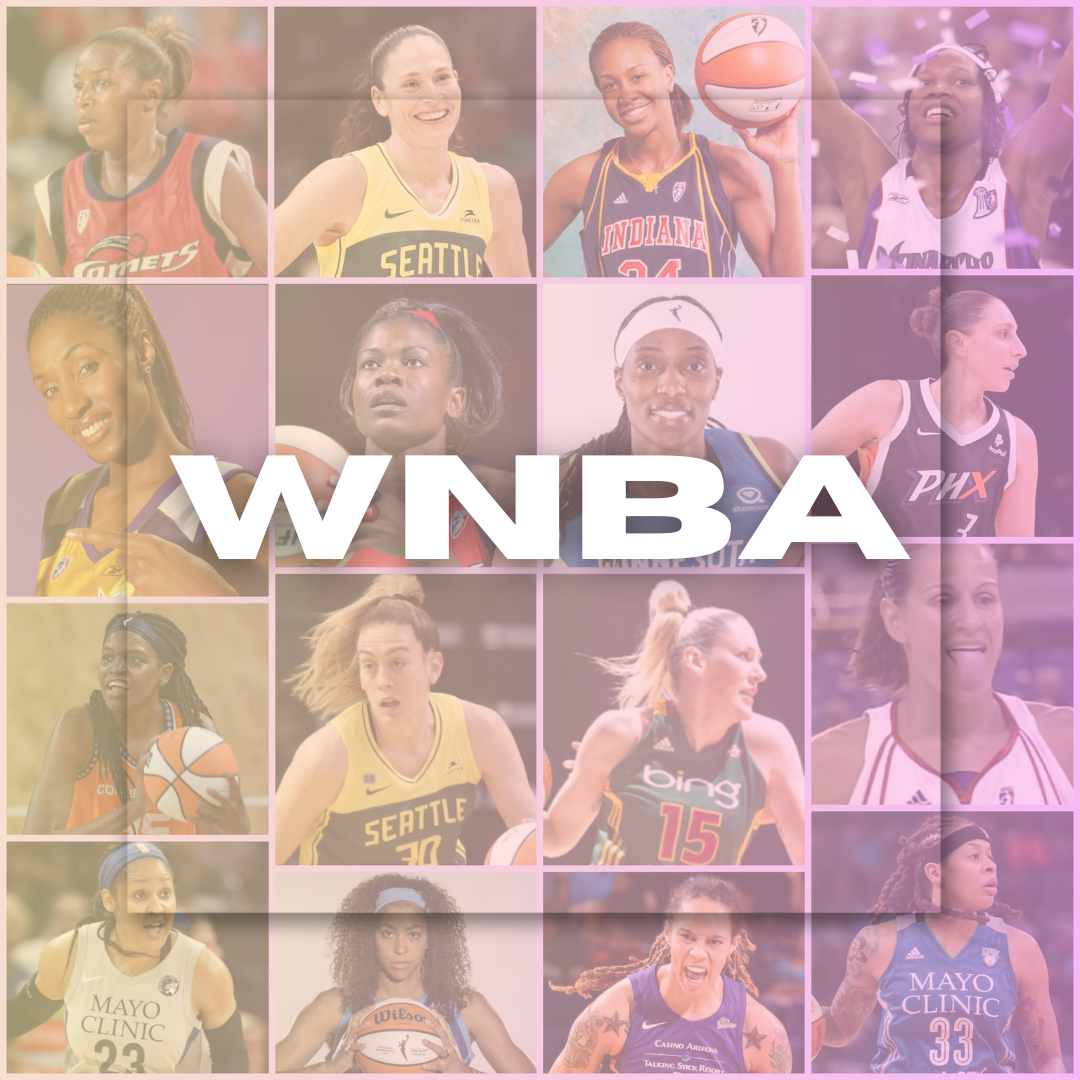
How much money do Olympic fencers make per year?
By Jayson Panganiban March 10, 2024 05:16
Fencing is an Olympic sport that demands exceptional skill, dedication, and financial commitment. The remuneration for Olympic fencers varies widely based on factors such as their country of origin, level of expertise, and potential sponsorships. In this comprehensive article, we'll delve into the details of how much money Olympic fencers make per year, shedding light on the financial realities of pursuing a career in this niche sport.
The Financial Realities of Fencing
Stipends and Sponsorships
-
Stipends: Fencers in the United States who are ranked in the top 4 globally can receive a monthly stipend of approximately $3400, as per a document from the 2022 DAS & EAHITravel Funding1. However, this stipend alone is insufficient to cover all expenses associated with training, travel, and equipment, leaving many fencers needing additional sources of income to sustain themselves.
-
Sponsorships: While some top-level fencers may secure sponsorships, particularly from companies like Red Bull, the financial support from these sponsorships is often limited. Even for the absolute best fencers in the world, the annual income from sponsorships and stipends combined is estimated to be under $100,000, before accounting for various expenses.
Personal Expenses
-
Training Costs: Fencing is an expensive sport, with athletes bearing the costs of equipment, coaching fees, travel expenses, and tournament entry fees. These expenses can quickly accumulate, with the annual cost of training for an Olympian estimated at over $20,000.
-
Income Sources: Many fencers, even those at the highest levels, find it necessary to engage in part-time jobs to sustain themselves financially due to the substantial financial burden associated with the sport.
International Perspectives on Fencer Salaries
Disparities in Global Earnings
-
Hong Kong: Fencers in Hong Kong reportedly earn between $4,000 to $5,000 per month, with additional travel and food allowances for competitions or travel. However, this figure is not necessarily representative of the earnings in other countries.
-
Germany, Italy, France, and Romania: Athletes in these countries often have contracts with uniform services such as the military or police, receiving a salary and benefits while competing full-time. Such arrangements are less common in other countries, creating disparities in the financial support available to fencers.
The Role of Coaching and Refereeing
Opportunities for Coaches and Referees
-
Coaching: Coaches in fencing can potentially make a substantial income, particularly if they own their own successful club or have prestigious positions within national federations or NCAA. However, this level of financial success is not guaranteed for all coaches.
-
Reffing: While there are opportunities for income through refereeing, it is generally not sufficient for fencers to make a living solely from this aspect of the sport.
The American Fencing Landscape
Challenges and Opportunities in the US
-
Sponsorship: A few American fencers have managed to secure sponsorships, but these opportunities are limited and primarily available to a tiny elite of top-level athletes who have achieved significant success.
-
Prize Money: Prize money from competitions, while available, is not a reliable source of income for fencers, further contributing to the financial challenges faced by athletes in the US.
The Story of Maya Lawrence
A Personal Perspective on Fencing Expenses
Maya Lawrence, an American fencer, shared her journey of financial sacrifice and dedication to the sport. She highlighted the significant costs associated with training, equipment, and competition expenses, which necessitated her to run a local club to cover her training costs.
Comparative Analysis with Other Sports
Contrasting Fencing with Mainstream Sports
-
Team Sports vs. Individual Sports: The financial structures of individual sports like fencing differ significantly from those of team sports, where professional athletes often receive substantial salaries and endorsements for exclusive contracts.
-
Income Discrepancies: The earning potential for fencers pales in comparison to athletes in more mainstream sports, highlighting the disparity in financial support across different sporting disciplines.
The Reality of Fencing as a Career
Sacrifice and Financial Realities
-
Long Training Periods: Fencing demands a significant time investment, with athletes typically requiring 10-15 years to attain mastery in the sport. This prolonged training period further amplifies the financial challenges faced by fencers.
-
Crowdfunding and Part-Time Jobs: Some fencers, like Olympian Monica Aksamit, have resorted to crowdfunding to cover their competition expenses, while others struggle to find part-time jobs that accommodate their rigorous training schedules.
The financial landscape for Olympic fencers is marked by significant challenges, with athletes often needing to rely on stipends, sponsorships, and alternative sources of income to sustain their careers. The disparities in earnings across different countries and the substantial financial burden of training and competition expenses underscore the financial realities faced by fencers. Despite the personal sacrifices and financial challenges, the dedication and passion of fencers continue to drive the sport forward, showcasing the resilience and determination of these remarkable athletes.
While the financial rewards for Olympic fencers may not match those of mainstream sports, their unwavering commitment to their craft and the sport's rich history and tradition continue to inspire and captivate enthusiasts around the world.


































































